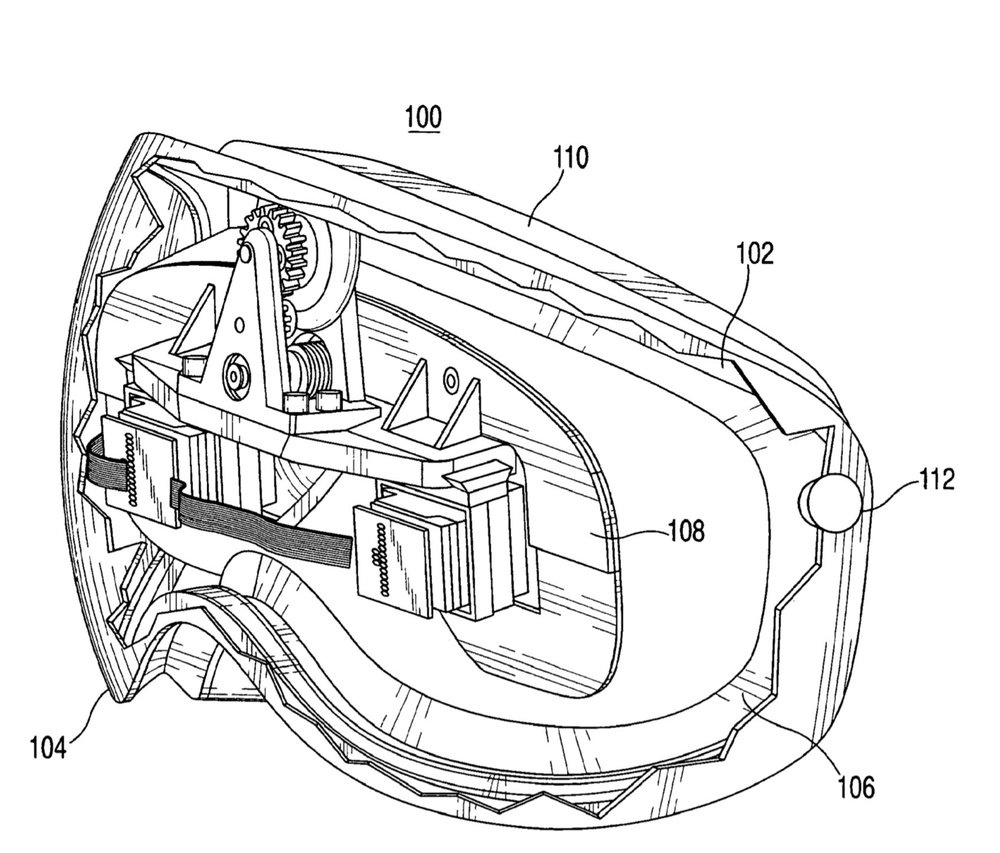Apple is almost assuredly working its own augmented reality/virtual reality headset, but it may have plenty of time to perfect the product. Consumers are becoming accustomed to AR technology on their smartphones through apps such as Snapchat and Pokémon GO. Yet AR headsets such as Google Glass and Microsoft HoloLens remain a niche product with sales barely into the hundreds of thousands of units, according to new data from Strategy Analytics.

2013 and the launch of Google Glass really kickstarted the dedicated AR device market, says report author David MacQueen. Although the device was not a commercial success, the potential of AR became clear and the hype around it saw Google, Apple, Microsoft and other major players make serious investments in the AR field. Five years on, and much of that technology has found its way onto smartphones, while dedicated AR headsets have remained a niche product.
“The major factor holding back the market for dedicated AR devices today is simply the cost of the hardware,” MacQueen says. “In a typical enterprise deployment, this is not a major issue as the hardware itself is a relatively small part of the cost. The consumer market is much more price sensitive, and this is amply demonstrated by the relative success of the low cost $200 Lenovo slot-in Mirage AR headset, which drove the market to new heights in 2017. Despite the product instantly becoming the top selling AR headset of all time, it only moved the needle slightly, increasing total shipments from the tens of thousands of units to the hundreds of thousands.”
The Strategy Analytics report found that slot-in AR devices account for the majority of shipments and users today, but binocular AR units (such as HoloLens) will become increasingly important as the market evolves toward devices which offer higher quality experiences. Strategy Analytics expects total shipments to reach just under 10 million units globally by 2023, but with further growth projected beyond that as ASPs continue to decline to more consumer-friendly levels.
“AR is suited to a wide variety of use cases, and could conceivably be used to augment almost any category of application or service,” says Strategy Analytics Executive Vice President David Kerr. “As well as adding richness to existing services, it also opens up possibilities for entirely new apps and services. So despite a slow start, the potential upside is huge. But for the market to grow significantly, it is consumer (rather than enterprise) which must drive volumes.”
Apple has applied for several Apple patent filings involving VR and AR headsets. You can find some here. Venture capitalist Gene Munster says iPhone growth will peak in fiscal year 2019, then slowly decline as “Apple Glasses” emerge. He thinks those glasses, an AR-focused wearable, will be released mid-fiscal year 2020.
An unnamed CNET source says Apple will have an AR/VR headset ready by 2020. Code-named T288, it will purportedly include an 8K display for each eye and won’t have to be tethered to a Mac, iPhone, or iPad.
The article says Apple’s headset — which some have dubbed “Apple Glasses” — would connect to a dedicated box using a high-speed, short-range wireless technology, according to a person familiar with the company’s plans. The box, which would be powered by a custom Apple processor more powerful than anything currently available, would act as the brain for the AR/VR headset. Also, users won’t have to install special cameras in a room to detect their location.
Everything would be built into Apple’s headset and box, per CNET. Other reports have claimed that the Apple Glasses could have a custom-build Apple chip and a dedicated operating system dubbed “rOS” for “reality operating system.”
